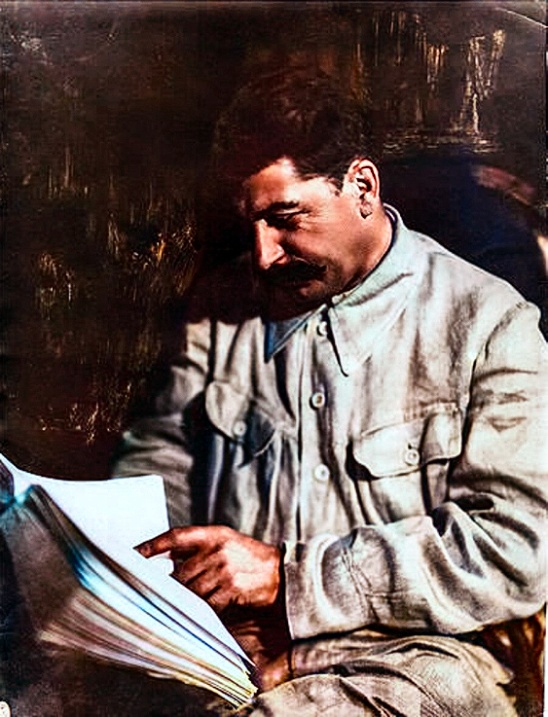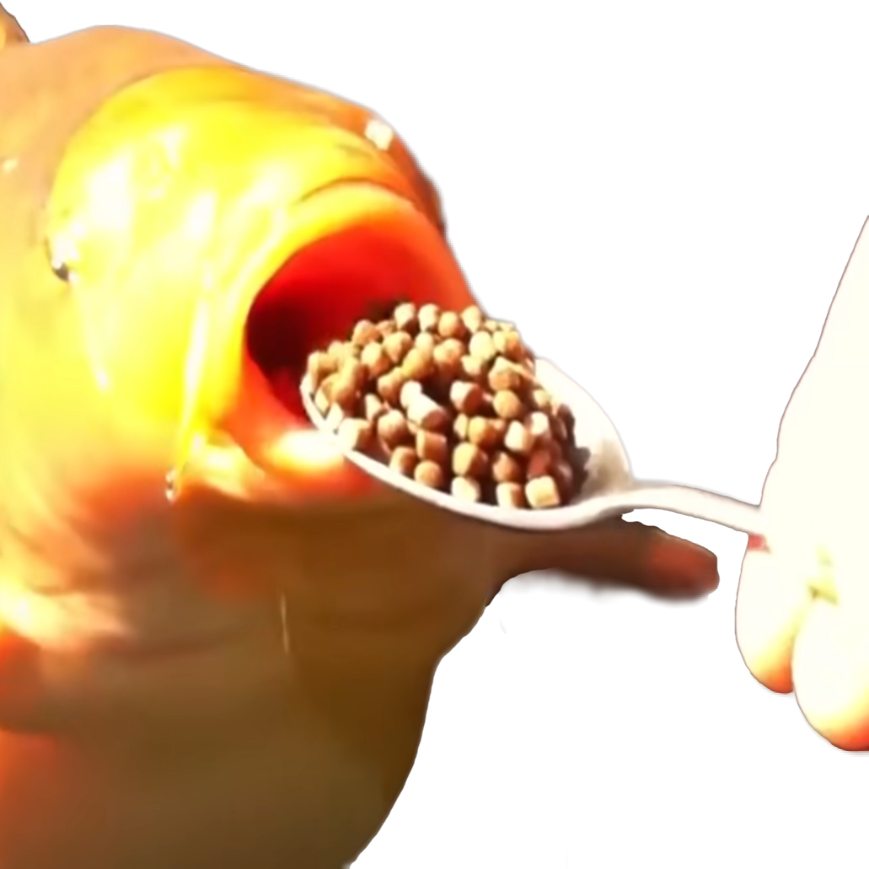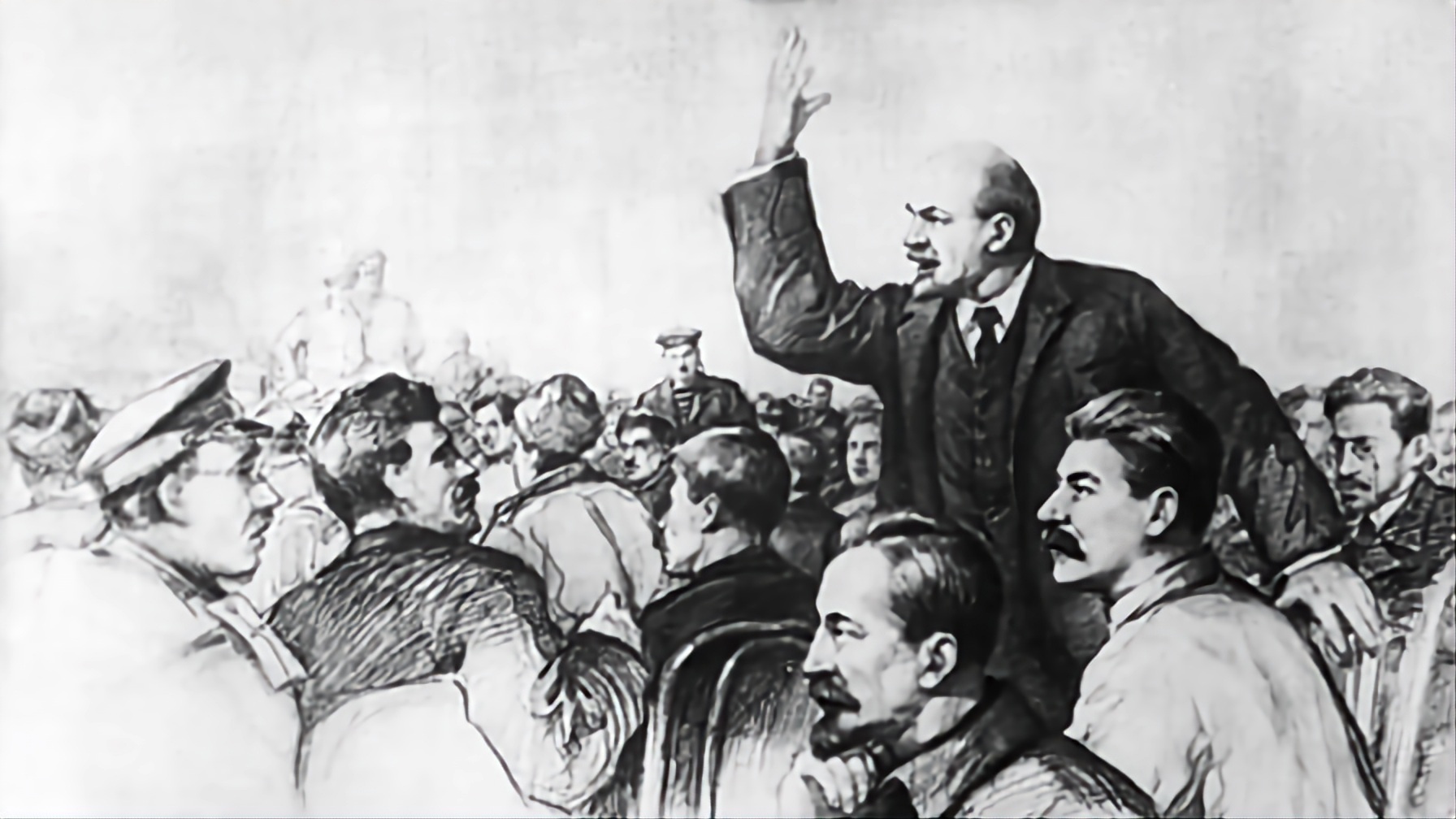

That’s actually going on even in this country. The outsourcing trend started when the airlines contracted out their maintenance to anti-union states like OK (Tulsa is a big hub for this). Pretty soon, labor-intensive maintenance had left the US entirely for places like El Salvador and China. I’m pretty sure that Delta does most of their “D checks” (where the plane is pretty much disassembled) in El Salvador.
https://en.wikipedia.org/wiki/Aircraft_maintenance_checks#Offshore_Maintenance_Facilities







And that especially includes the radtrads/tradcaths, who are some of the most performative “Christians” I’ve ever met.